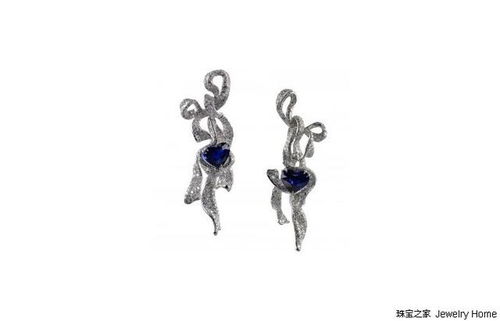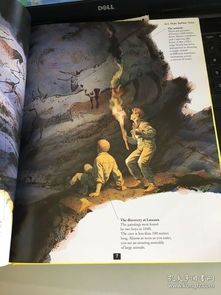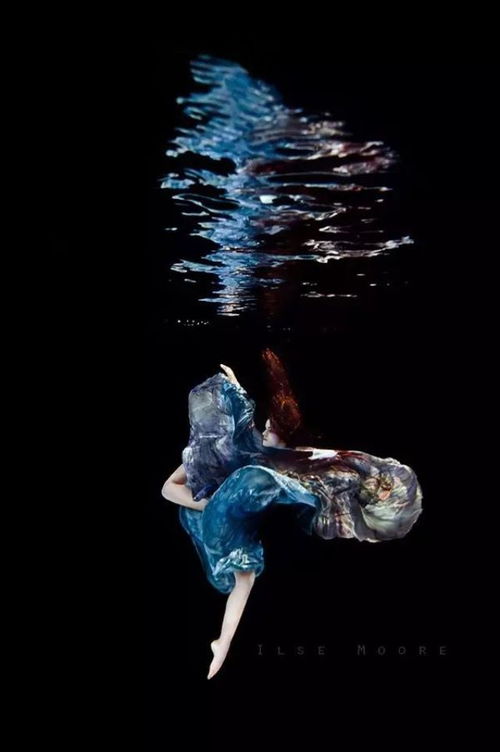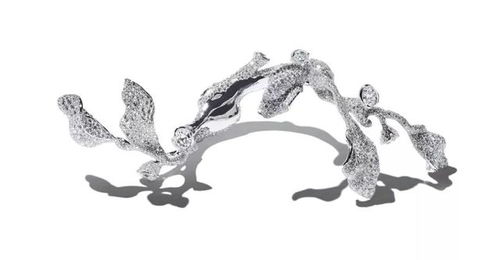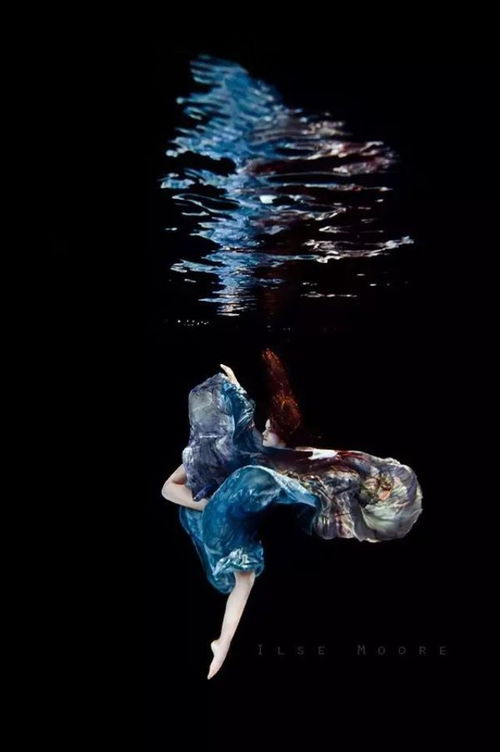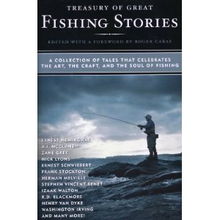The Art of Stream Fishing: Mastering the Nymphing Technique and Effective Nymphing Tips
Stream fishing, with its serene environment and the thrill of catching fish in their natural habitat, is a beloved pastime for anglers around the world. One of the most effective techniques in stream fishing is nymphing, which involves fishing with artificial flies that mimic the movement and appearance of aquatic insects. To excel in this technique, understanding how to properly set up your gear and how to effectively "nip" the water is crucial. In this article, we will delve into the world of nymphing and provide you with essential tips on how to set up your rig, how to choose the right flies, and how to effectively "nip" the water to entice those elusive stream trout.
Choosing the Right Gear

The first step in mastering the nymphing technique is to choose the right gear. Here are some key components you'll need:
Fly Rod: A fly rod designed for nymphing should be 9 to 10 feet long and have a medium to fast action. This length allows you to present your flies effectively, while the action helps you to feel the subtle takes from fish.
Fly Reel: A fly reel with a smooth drag system is essential. The reel should be large enough to hold a sufficient amount of line, as you'll be casting a lot of line when nymphing.
Leader and Tippet: A leader of 9 to 12 feet in length with a tippet of 5X to 7X is ideal for nymphing. The longer leader allows you to present your flies more naturally, while the thin tippet reduces the likelihood of spooking fish.
Nymphing Waders: Waders that provide freedom of movement and keep you dry are a must. They should also be equipped with good boots to protect your feet from sharp rocks and other hazards.
Choosing the Right Flies
The success of your nymphing outing largely depends on the flies you choose. Here are some tips for selecting the right nymphs:
Match the Hatches: Study the stream you're fishing and identify the insects that are hatching. Use flies that mimic these insects in size, color, and movement.
Experiment with Patterns: If you're not sure which flies to use, start with a variety of nymph patterns. Over time, you'll learn which ones work best in different conditions.
Consider the Water Conditions: In clear water, use smaller and more natural-looking flies. In murky water, larger and more colorful flies may be more effective.
Setting Up Your Rig
Proper rig setup is crucial for nymphing. Here's how to do it:
Start with a Strong Nymph: Attach a heavy nymph fly to the end of your leader to get your flies down to the fish.
Add a Weighted Fly: Attach a smaller, weighted fly about 18 inches above the heavy nymph. This fly will help you maintain a consistent depth and prevent your rig from getting hung up on rocks.
Adjust Your Leader Length: If you're having trouble getting your flies down to the fish, try increasing the length of your leader. Conversely, if you're snagging too much, shorten the leader.
The Nymphing Technique
Now that you have your gear and flies ready, it's time to learn the nymphing technique:
Cast Your Line: Cast your line upstream, allowing it to float and drift naturally with the current.
Nip the Water: As your flies drift, gently pull your line from the rod tip to create a subtle "nip" in the water. This mimics the natural movement of insects and can trigger strikes.
Adjust Your Technique: If you're not getting any bites, try changing your casting technique, leader length, or fly selection.
Maintain Patience: Nymphing can be a slow process, so patience is key. Wait for the fish to come to you rather than trying to force a strike.
Final Tips
Keep an Eye on Your Line: Watch your line closely for any signs of movement or tension, which could indicate a fish taking your fly.
Practice Your Casting: Good casting skills are essential for nymphing. Practice casting in different conditions to improve your accuracy and control.
Stay Informed: Keep up with local fishing reports and conditions to know when and where to fish.
By following these tips and techniques, you'll be well on your way to mastering the art of nymphing and catching more fish in the stream. Remember, the key to success in nymphing is patience, practice, and a keen understanding of the water and the fish you're targeting. Happy fishing!

